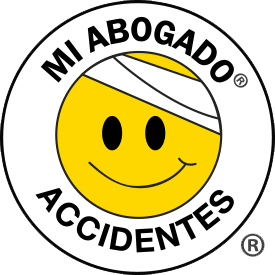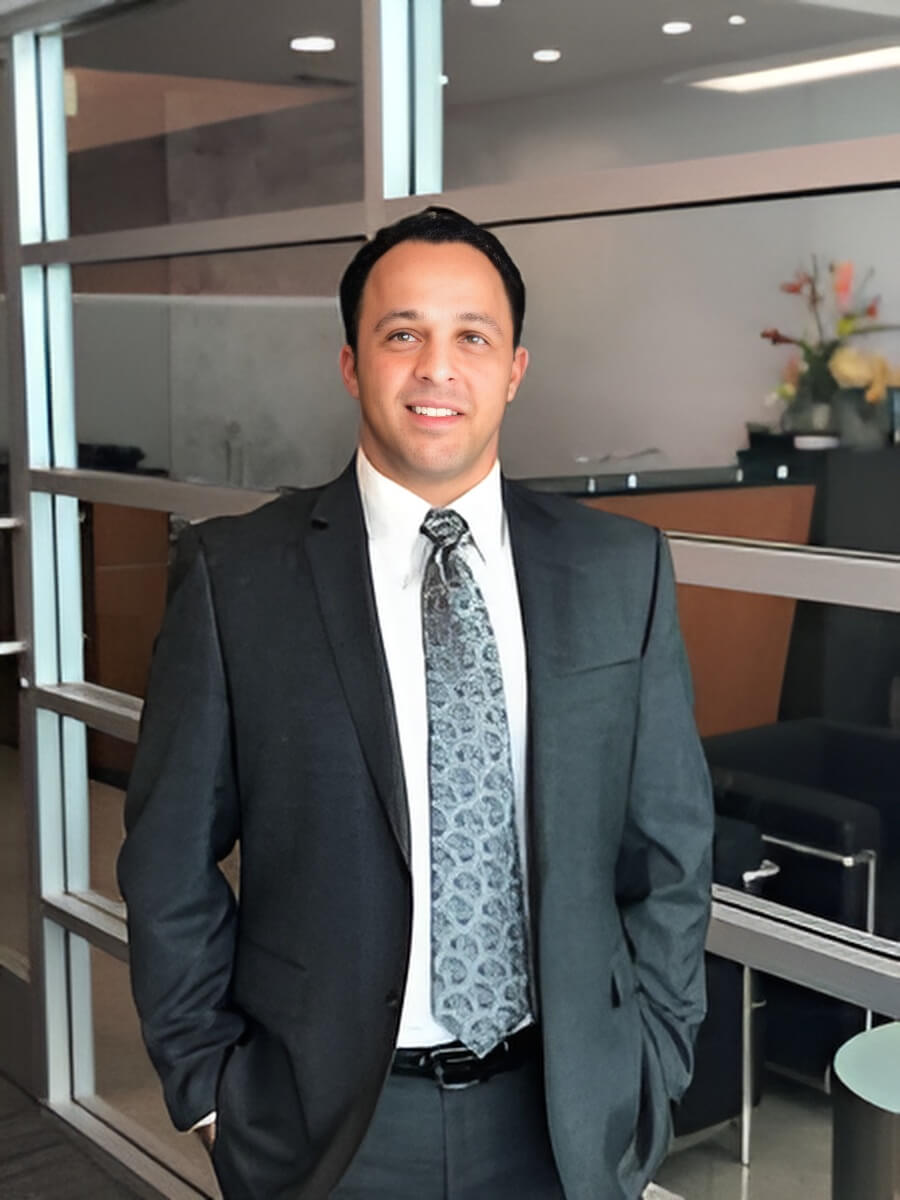Halloween should be a time of fun and frivolity rather than a trip to the emergency room. A little planning and awareness could help you remember the evening for trick-or-treating instead of the medical bills.
This blog offers tips for trick-or-treating and how to avoid these personal injuries on Halloween. Despite your best efforts, you still might get hurt. A Los Angeles personal injury attorney could help you seek financial compensation for your losses.
Tripping on Lawn Decorations
Most trick-or-treating takes place in the dark, and you might not be able to see wires or strings that secure inflatables or other decorations to the lawn. Having trip hazards well-lit in a yard would likely destroy the effect of the decorative items. It would be easy to trip and suffer a head injury, spinal cord injury, broken bone, or another wound when tripping in the dark in an unfamiliar yard.
Safety experts warn trick-or-treaters not to cut across other people’s lawns to avoid these injuries. It is best to stick to the sidewalks and walkways.
Getting Struck by a Car
In the excitement of the moment, children often forget the basic safety rules, like stopping when you get to a street and looking both ways before stepping into the road. Being dressed in a costume does not change the need to follow the rules or the potentially tragic consequences of running into the street without looking. Also, your costume might make it harder for cars to see you and be able to avoid hitting you.
Pedestrians can suffer catastrophic injuries when hit by a vehicle. Broken arms, legs, ribs, and vertebrae are common injuries after a car hits a person on foot. Traumatic head injuries, paralysis from spinal cord damage, and hemorrhage from internal organ damage can result from these avoidable accidents. Many pedestrians do not survive getting struck by a motor vehicle.
Tripping on a Costume
A costume that does not fit well, is poorly chosen, or is not designed with safety in mind could cause the wearer to trip and suffer the same kinds of injuries as one might have after tripping on wires or other objects in a yard. We understand the need to keep costs down, but if you try to use hand-me-down costumes from one child to another, you will want to adjust the length as needed. Also, make sure the child can see easily out of the mask or headpiece.
Being Effectively Invisible
One way to help children avoid getting hit by vehicles, bicycles, and other trick-or-treaters is to make sure that people can see them. Reflective tape on the front and back of their costume or treat bag could make them more visible to others in the dark. Another option is to use glow sticks to increase visibility. A person could wear glow stick necklaces, headbands, or bracelets for a festive safety option. We want everyone to have a fun Halloween. If you or someone you care about was injured while trick-or-treating, you can reach out to us today for a free case review. There is no obligation.


